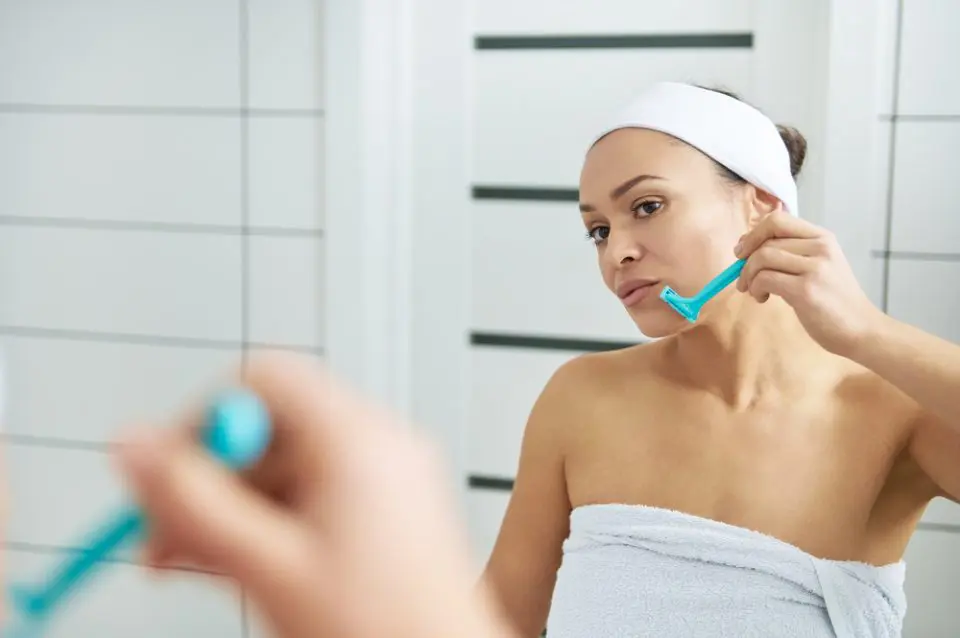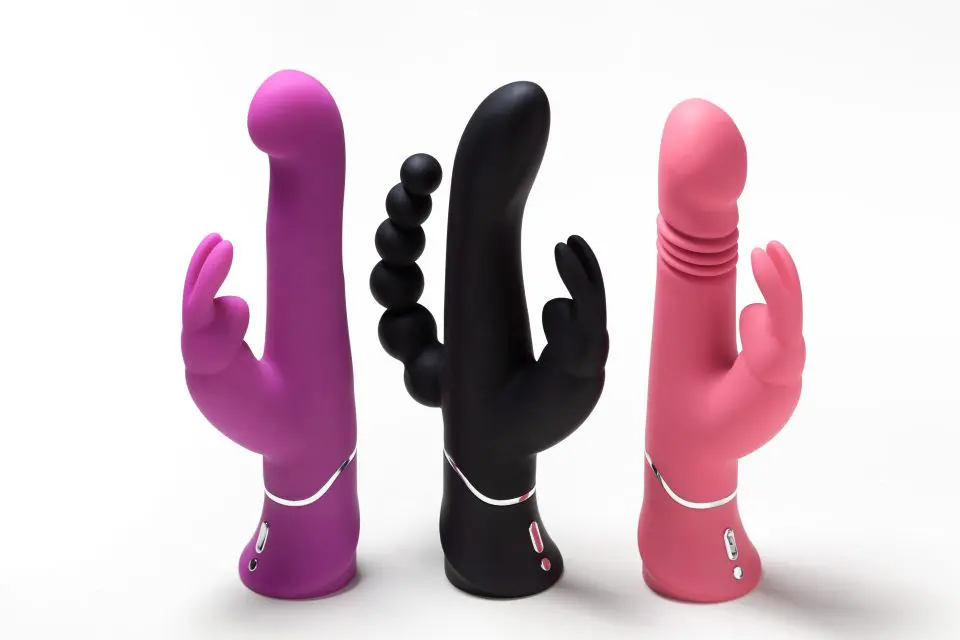
As our lives become increasingly tethered to screens and desk chairs, a silent health crisis is unfolding. Poor posture, once a minor concern, has evolved into a widespread problem affecting people of all ages, leading many to turn to posture correctors for relief. Medical experts are now seeing an unprecedented surge in posture-related issues, prompting a closer look at solutions that promise to help maintain better alignment.
Understanding today’s posture challenges
The market offers various tools designed to address postural problems, from simple supportive braces to sophisticated wearable technologies. These devices aim to realign the body’s structure through different approaches. Traditional support braces work by physically repositioning the body, while smart devices provide real-time feedback about posture. Some use alignment straps that offer gentle reminders to maintain proper positioning, while others employ monitoring systems to track posture patterns throughout the day.
The science behind the solutions
Medical experts present a nuanced view of these devices’ effectiveness. While many users report immediate relief, the long-term benefits require careful consideration. Research suggests that while posture correctors can provide temporary support, they shouldn’t be relied upon as a standalone solution. Overreliance on devices might weaken natural muscle support, and some users experience skin irritation from prolonged wear. There’s also concern about restricted movement impacting daily activities and potential dependency issues developing over time.
Beyond the quick fix
Rather than depending solely on posture correctors, experts recommend a comprehensive approach to better alignment. This includes developing a regular exercise routine that incorporates targeted strength training to support natural posture, along with flexibility practices that enhance range of motion. Mindful movement techniques can improve body awareness, while strategic workplace modifications enhance ergonomics.
When to seek professional help
Certain warning signs indicate the need for immediate medical attention rather than self-treatment with posture correctors. Persistent pain that doesn’t improve with rest should never be ignored, nor should unexplained weight changes or neurological symptoms like numbness or tingling. Any systematic health changes, including fever or unusual fatigue, warrant professional evaluation.
Creating lasting change
Achieving better posture requires more than just wearing a corrective device. Medical experts emphasize the importance of developing consistent habits throughout the day. This means incorporating regular movement breaks during work hours and maintaining proper ergonomic setup for both work and leisure activities. The focus should be on building strength and awareness naturally, rather than relying solely on external support.
The role of technology
While posture correctors can play a part in alignment improvement, new technologies offer additional support through various means. Modern solutions include applications that remind users to check their posture and provide guidance for proper movement patterns. However, these should complement, not replace, fundamental good habits.
Making informed choices
When considering a posture corrector, experts recommend starting with the least restrictive option and using devices as part of a broader health strategy. Maintaining regular physical activity remains crucial, as does consulting healthcare providers for persistent issues that don’t resolve with basic interventions.
Building better habits
Lasting posture improvement comes from developing consistent, healthy habits rather than relying solely on corrective devices. This means creating an ergonomic work environment and maintaining awareness of body positioning throughout daily activities. Regular movement and exercise play crucial roles in developing the strength needed for proper posture.
Looking ahead
The future of posture correction likely involves a combination of traditional methods and innovative technologies. However, experts stress that no device can replace the fundamental importance of regular physical activity and proper ergonomic practices. Professional medical guidance remains essential, especially when dealing with persistent pain or discomfort.
Remember, while posture correctors can serve as helpful tools in your journey toward better alignment, they work best as part of a comprehensive approach to physical health and well-being. Always consult with healthcare providers before starting any new treatment regimen, especially when dealing with persistent pain or discomfort. The key to success lies in developing sustainable habits that support good posture naturally, rather than relying solely on external devices for support.













